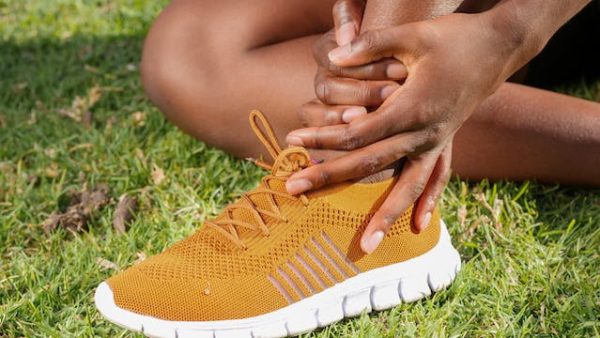In the dynamic realm of sports, ankle injuries are an unfortunate reality, posing a significant challenge to athletes striving for peak performance. Ankle sprains, in particular, can be substantial setbacks. To counteract this, many athletes explore preventive measures to safeguard against sprains and maintain their competitive edge. Among these measures, the utilization of ankle braces stands out.
However, a debate persists in sporting circles regarding the efficacy of ankle braces- whether they genuinely prevent sprains or merely provide support. This post delves into this contentious topic, aiming to unveil the truth behind the use of ankle braces as a preventative measure for athletes. By scrutinizing the available evidence, we aim to shed light on the role ankle braces play in injury prevention and performance enhancement.
Exploring the Science of Ankle Sprain Prevention
To comprehend the effectiveness of ankle braces for athletes in preventing sprains, it is crucial to grasp how they function. Typically, ankle braces employ compression and stabilization techniques to provide support to the ankle joint during movement.
When an athlete wears an ankle brace, it limits the mobility of the ankle, making it challenging for it to roll or twist beyond a range. This enhanced stability may help alleviate strain on the ligaments encompassing the ankle and potentially reduce the probability of spraining them during activity.
The Available Evidence
There are countless sports played all around the world today, and Canada has an abundance of them. From traditional sports played on a field to winter sports, the country is home to many thrilling games. Many studies have been conducted on sports injuries, and in the coming section, we will discuss some of those.
Numerous studies have investigated the impact of ankle braces on reducing sprain rates among athletes. While some studies show results in favor of their use, others have found no difference between athletes who choose to wear ankle braces and those who do not.
One study published in The American Journal of Sports Medicine observed basketball players throughout two seasons. The findings indicated that athletes who wore top shoes along with lace-up style braces experienced fewer lower leg and foot injuries compared to those who did not use any protective gear.
Similarly, another reputable journal called Medicine & Science in Sports & Exercise conducted research on soccer players and discovered that wearing lace-up braces reduced injury incidence by 64% when compared to not wearing any braces at all.
On the contrary, a systematic review carried out by the Cochrane Collaboration concluded that there is evidence supporting the effectiveness of ankle braces in preventing sprains. The review recommended conducting studies to obtain definitive conclusions.
Understanding Ankle Braces as a Complementary Measure
Amidst the debate surrounding ankle brace effectiveness, it is crucial to consider them as part of an approach towards injury prevention. Ankle braces should be seen as a tool, in addition to strategies like proper warm-up and cool-down exercises, strengthening the muscles in the lower limbs, and improving flexibility.
By incorporating these approaches, athletes can enhance their injury prevention plan. Ankle braces can provide support during activities that have a risk of ankle sprains, giving athletes added stability while they focus on strengthening their ankles through targeted exercises.
The Importance of Personalized Approaches
It’s important to recognize that everyone’s needs and circumstances are different when it comes to ankle braces. Factors like injuries, level of competition, and physical characteristics can influence whether an athlete would benefit from or require ankle braces.
Athletes should consult with sports medicine specialists who specialize in injury management for advice and guidance when deciding whether to wear ankle braces.
Conclusion
While there may not be evidence on whether ankle braces definitively prevent sprains in athletes, they can provide extra support and stability during physical activity. When used as part of an injury prevention plan, under guidance, athletes may find wearing ankle braces helpful in reducing the risk of sprains.
Ultimately, it is crucial to consider approaches when determining whether an ankle brace is appropriate for an athlete. By encouraging informed decision-making supported by expert advice and embracing additional preventive measures in conjunction with ankle bracing when necessary, athletes can aim for enhanced well-being and a safer sporting journey.


